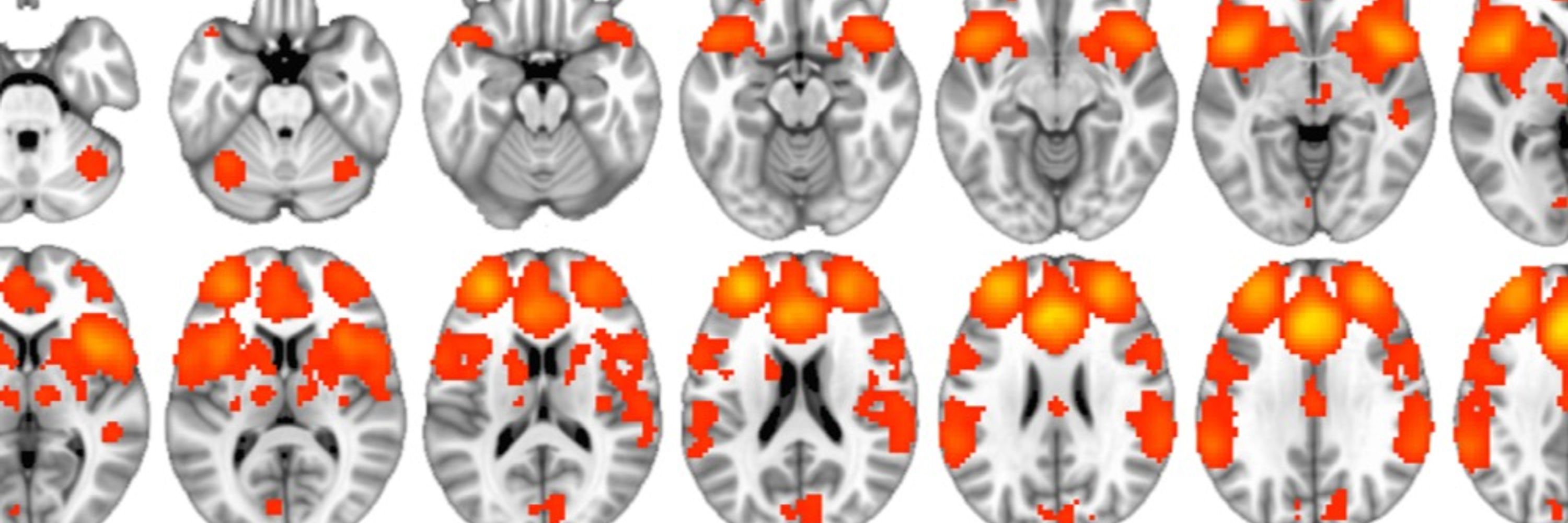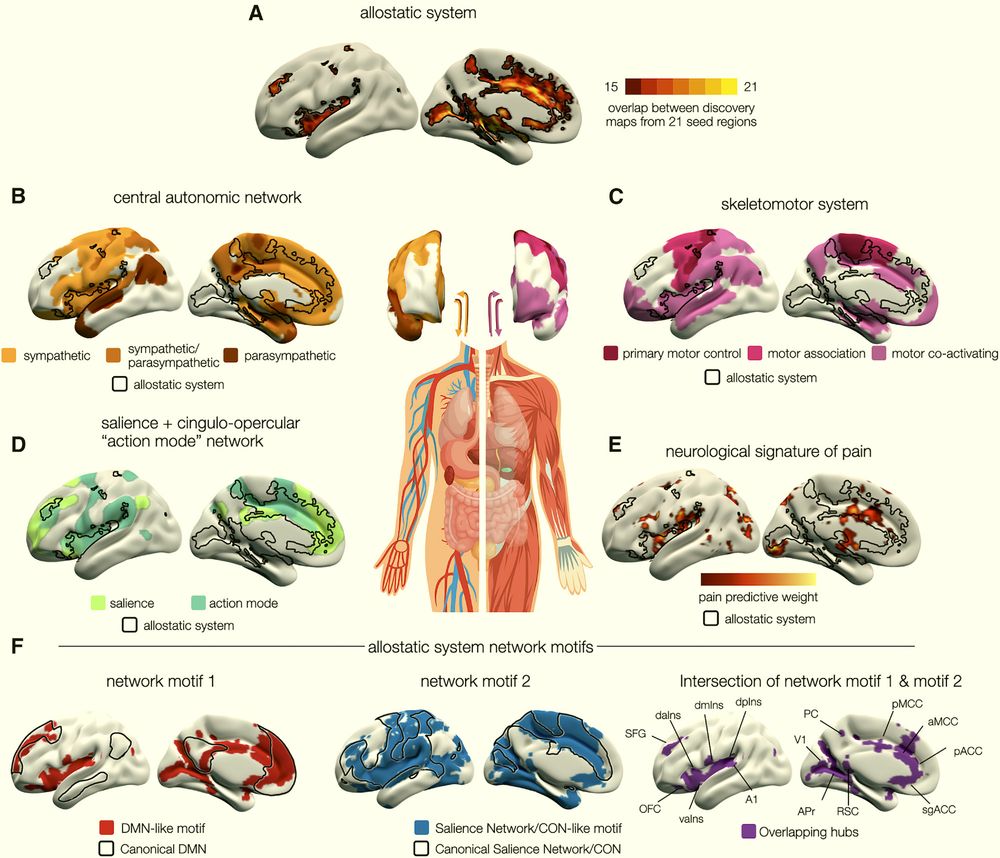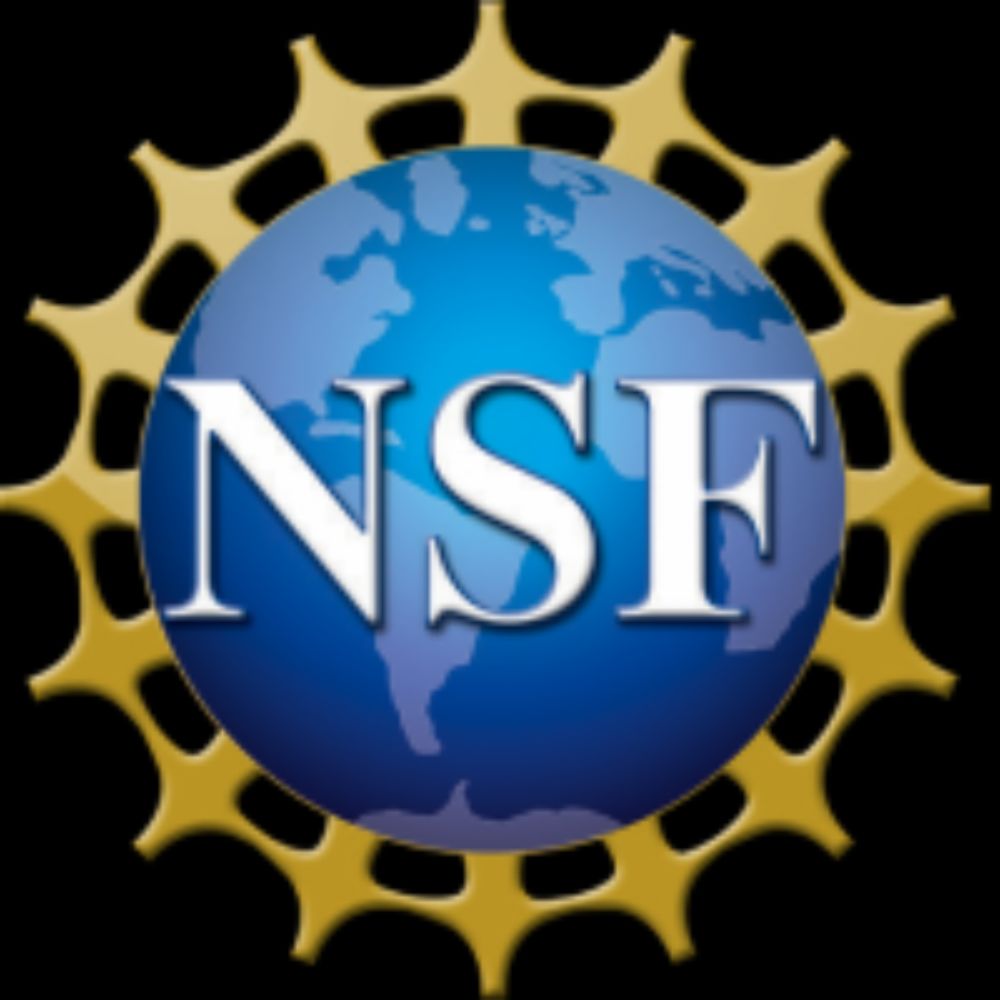Phil Deming
@phildeming.bsky.social
390 followers
260 following
58 posts
I study emotion, psychopathy, and the brain.
Postdoc in psychology at Northeastern University.
On the academic job market.
Ph.D. in psychology at University of Wisconsin-Madison.
philipdeming.com
Posts
Media
Videos
Starter Packs
Reposted by Phil Deming
Reposted by Phil Deming
Reposted by Phil Deming
Brad Postle
@bradpostle.bsky.social
· Sep 9

Assistant Professor of Psychology - Madison, Wisconsin, United States
Current Employees: If you are currently employed at any of the Universities of Wisconsin, log in to Workday to apply through the internal application process.Job Category:FacultyEmployment Type:Regula...
jobs.wisc.edu
Reposted by Phil Deming
Reposted by Phil Deming
Mark Rubin
@markrubin.bsky.social
· Sep 2

(PDF) Men Do Not Suppress Emotions More than Women in Everyday Life: Evidence from Large Scale Experience-Sampling Data
PDF | Expressive suppression—hiding the outward expression of emotions—has been linked to negative mental health outcomes in Western samples. Despite... | Find, read and cite all the research you need...
www.researchgate.net
Phil Deming
@phildeming.bsky.social
· Sep 2
Phil Deming
@phildeming.bsky.social
· Sep 2
Phil Deming
@phildeming.bsky.social
· Sep 2
Phil Deming
@phildeming.bsky.social
· Sep 2
Phil Deming
@phildeming.bsky.social
· Sep 2
Phil Deming
@phildeming.bsky.social
· Sep 2
Phil Deming
@phildeming.bsky.social
· Aug 14
Phil Deming
@phildeming.bsky.social
· Aug 14
Phil Deming
@phildeming.bsky.social
· Aug 14

Mixed emotions in the predictive brain
Understanding complex or mixed emotions first requires an exploration of the human nervous system underlying emotions, and indeed all experience. We review current research in neuroscience, which desc...
pmc.ncbi.nlm.nih.gov
Phil Deming
@phildeming.bsky.social
· Aug 14
Phil Deming
@phildeming.bsky.social
· Aug 13

Emotional experiences in daily life are highly variable - Philip Deming
There’s a debate among psychologists about what emotions are. Yes, that’s right, scientists still do not agree on the nature of emotion, a pretty fundamental part of human experience. Some say that em...
philipdeming.com
Phil Deming
@phildeming.bsky.social
· Aug 13
Phil Deming
@phildeming.bsky.social
· Aug 13
Phil Deming
@phildeming.bsky.social
· Aug 13
Phil Deming
@phildeming.bsky.social
· Aug 13
Phil Deming
@phildeming.bsky.social
· Aug 13











